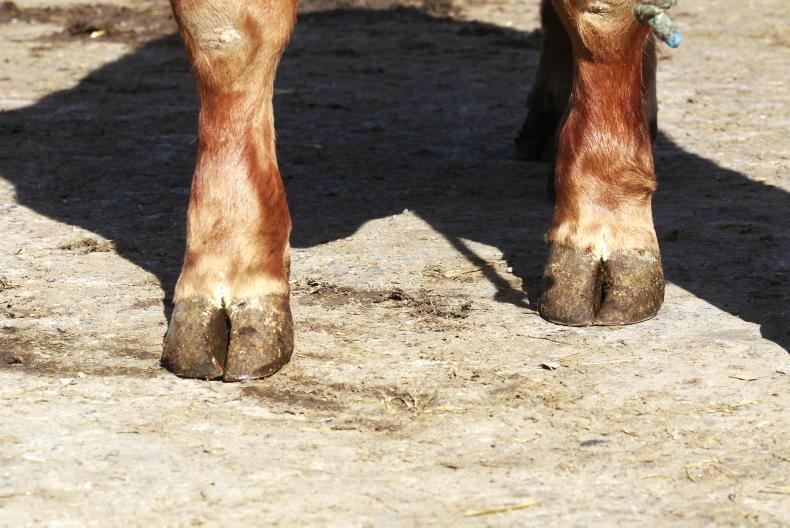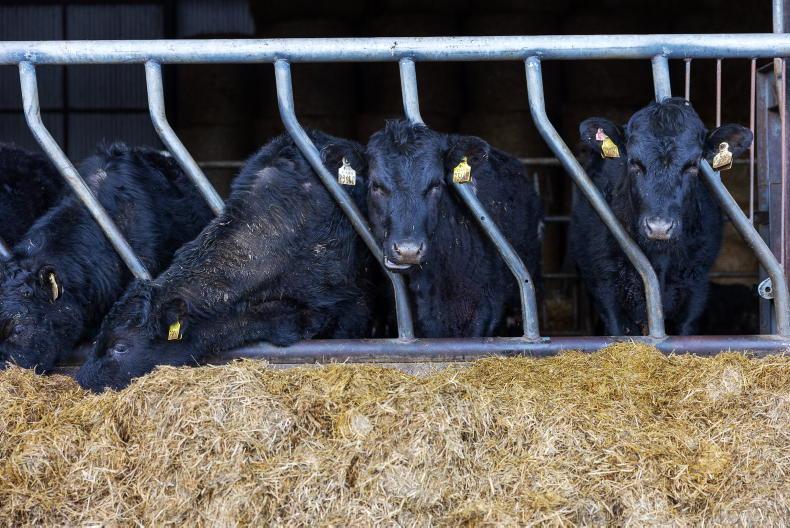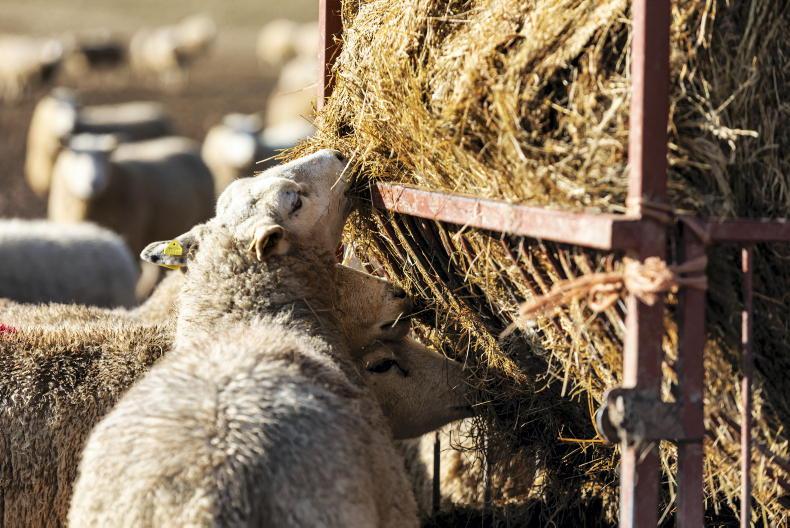It’s really a world apart from last February when ground was almost as dry as it would be in May, with the dry cool weather allowing slurry or cattle or both to get out on ground.
There has been little opportunity for either to get out this year so far, and right now it’s unlikely that the week’s weather forecast will do much to fix this. When it comes to slurry, it’ll be a case of either moving slurry between tanks or trying to get out on some drier ground with a few loads to tide things over.
I understand that this can be a headache and a laboursome task, but from a financial and environmental point of view, slurry can’t be spread on sodden ground.
Where ground hasn’t been spread with slurry and dung, there may now be still an opportunity to get some soil sampling done. It’s possibly the most valuable information regarding the grazing and silage blocks you can get, and at a cost of little more than a 50kg bag of fertiliser per sample.
Niall O’Meara – Killimor, Co Galway
I spread five loads of slurry on some grazed paddocks at the beginning of February, and had been moving slurry around between tanks to try and hold off spreading until ground conditions were optimal.
With slurry touching the slats, I had to spread three more loads this week on ground with a cover of grass on it with an injection system. While there was no damage done and grass wasn’t dirtied, a lot of grass was flattened by the wide wheels.
The autumn born calves have been grazing all winter and have 10 paddocks grazed. Some paddocks were grazed tight down to 4cm, while others had a residual of 5.5-6cm as the weather was too poor.
System Suckler to weanling
Soil Type Variable
Farm cover (kg/DM/ha) 479
Growth (kg/DM/ha/day) 5
Demand (kg/DM/ha/day) 6
Stephen Frend – Newford Herd, Co Roscommon
We are approximately halfway through calving right now on the new home of the Newford herd. The suckler herd has moved to a farm outside Atleague in Co Roscommon.
Calving kicked off on 30 January, and 50% of cows have calved in the first three weeks. Accommodation post-calving is plentiful, which is good, as we haven’t had the opportunity to turn cows and calves out to grass yet.
Aside from the calving, we have been working towards getting the grazing block set up for the coming year.
Water troughs have gone in across the farm, and while boundary fences are good, there will be some further division of large fields required. Soil sampling was completed, with nearly all the farm coming back as index 3 and 4 for both P and K.
System Suckler to finishing
Soil Type Mainly dry
Farm cover (kg/DM/ha) 775
Growth (kg/DM/ha/day) 5
Demand (kg/DM/ha/day) -
Shaun Diver – Tullamore Farm,Co Offaly
We got away with spreading some slurry last week in the out farm in Cloonagh, which is a much drier block than around the home yard. We have 10 heifers also grazing this block, and once they are kept moving with a fresh bite the ground damage is minimal.
I’d ideally like to get another pen of heifers or some cows and calves turned out, but this will depend on an improved forecast. We have 25 cows calved, with cows now going over their due date slowing things up a little.
Cows and calves are being moved from the calving shed up to the new slatted shed with a large straw bedded lieback for the calves. Lambing will be kicking off from 10 March, with ewes in excellent body condition.
System Sucklers and sheep
Soil Type Variable
Farm cover (kg/DM/ha) 442
Growth (kg/DM/ha/day) 5
Demand (kg/DM/ha/day) 2










SHARING OPTIONS